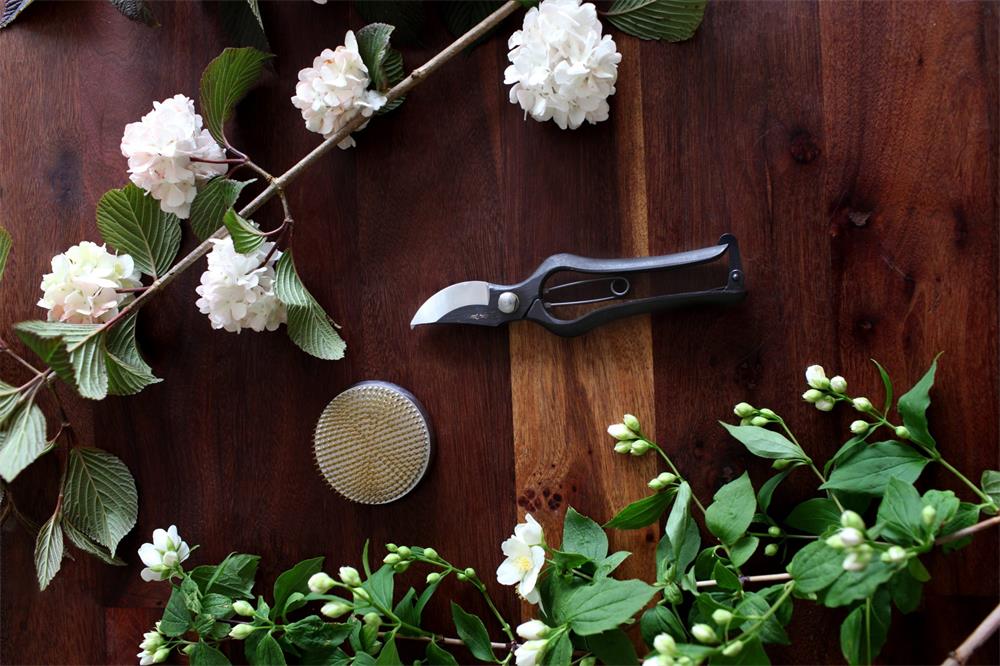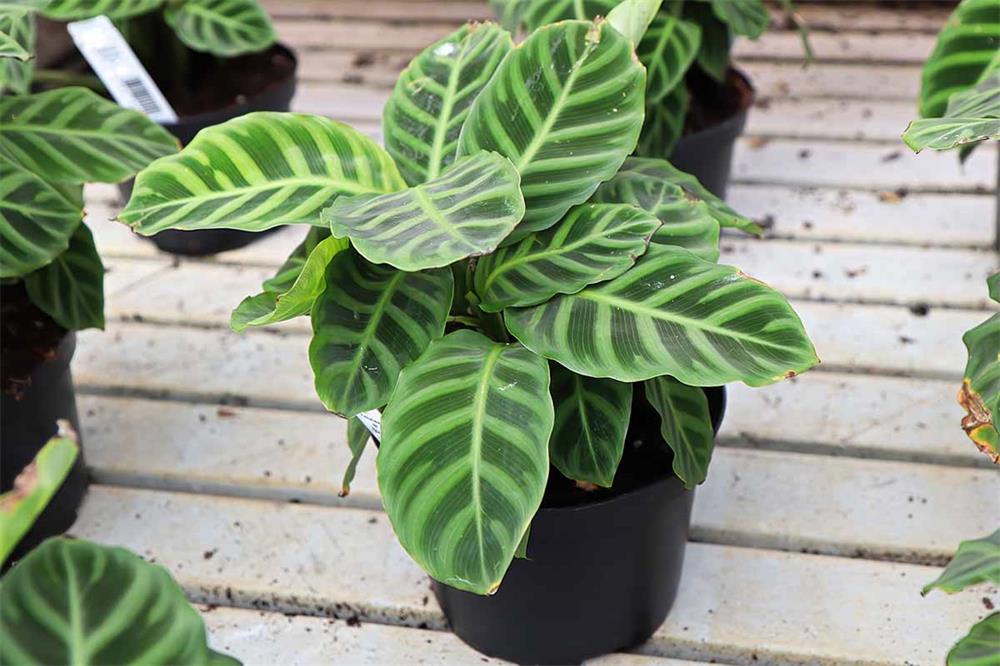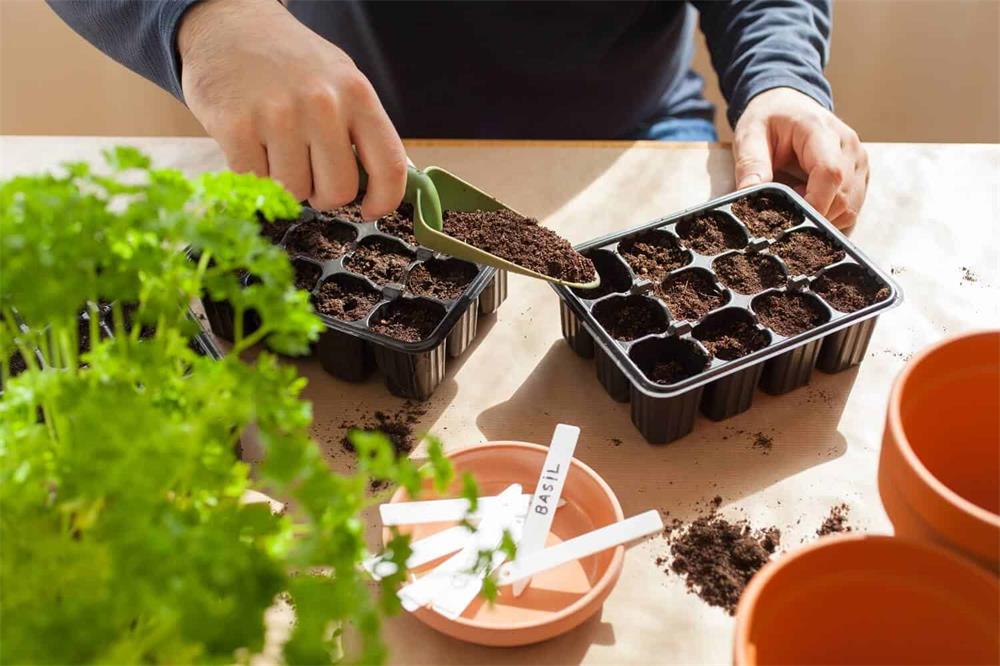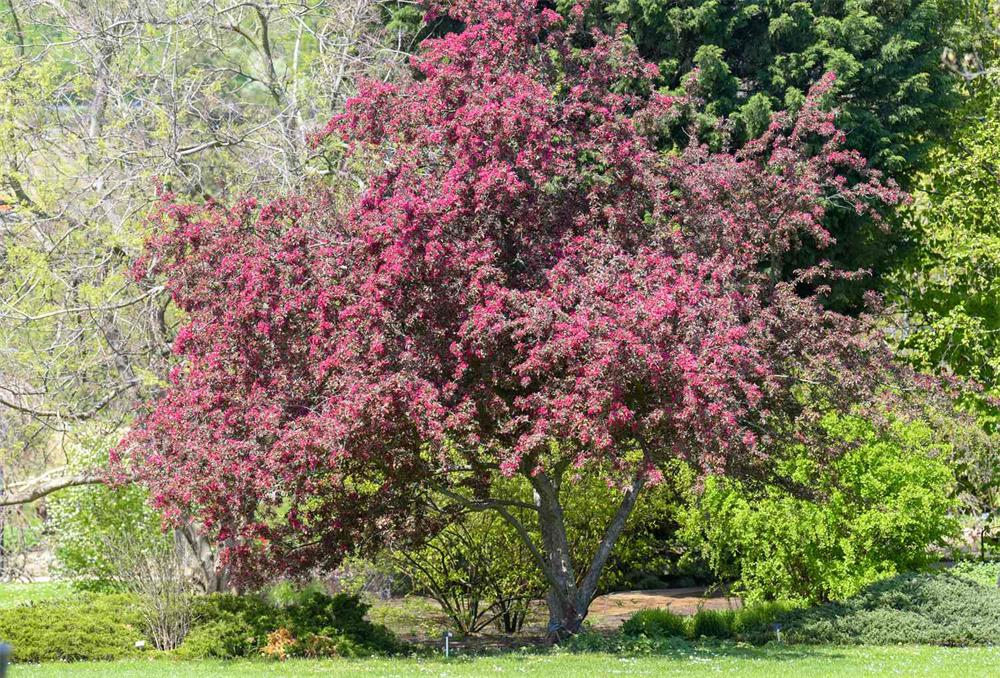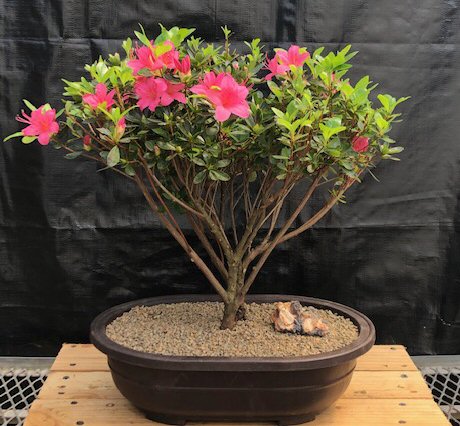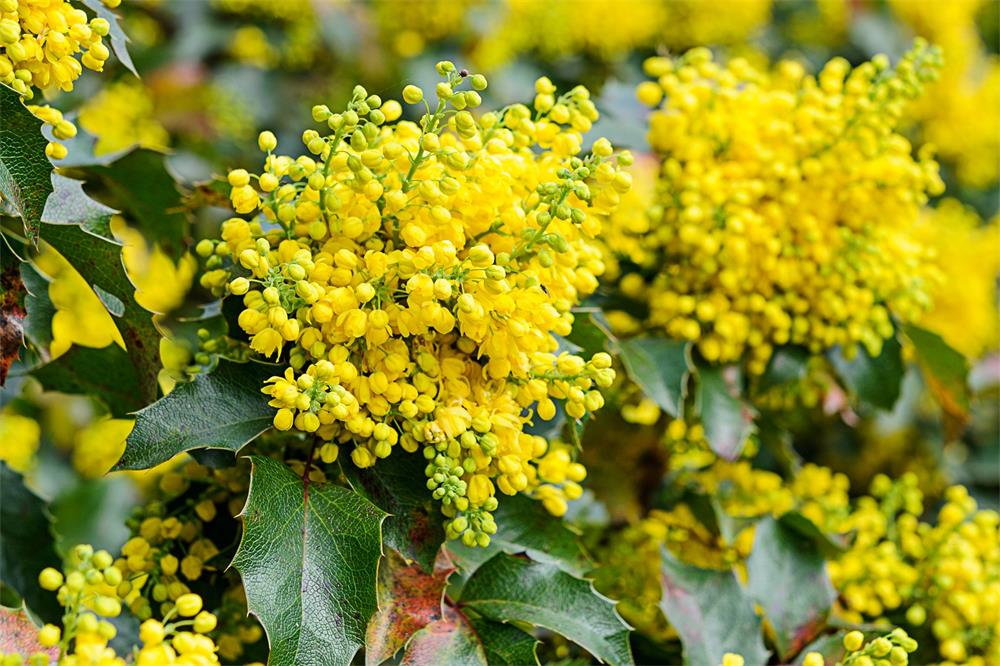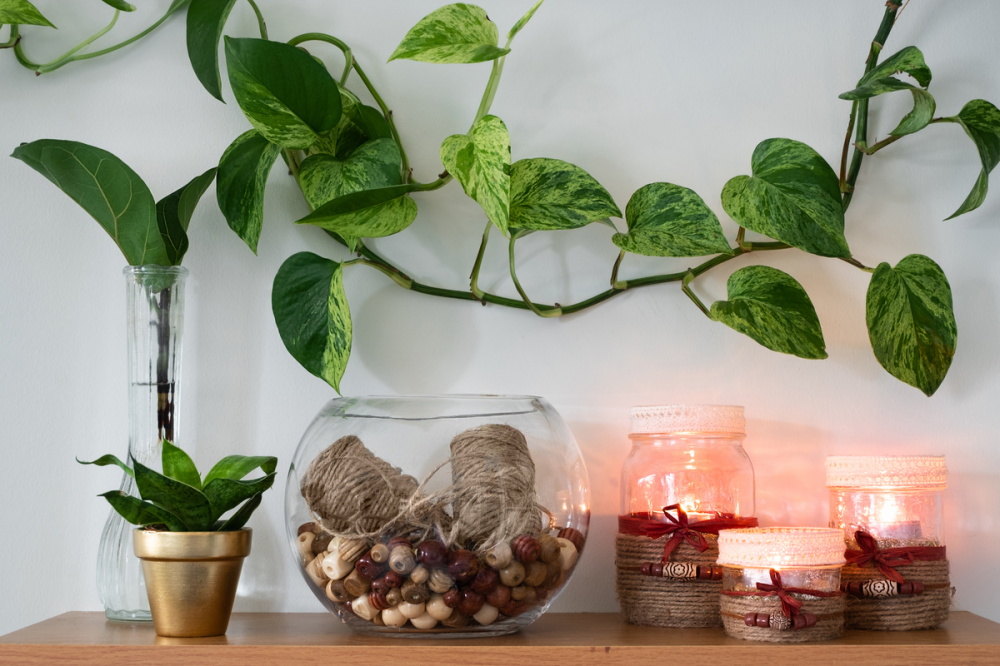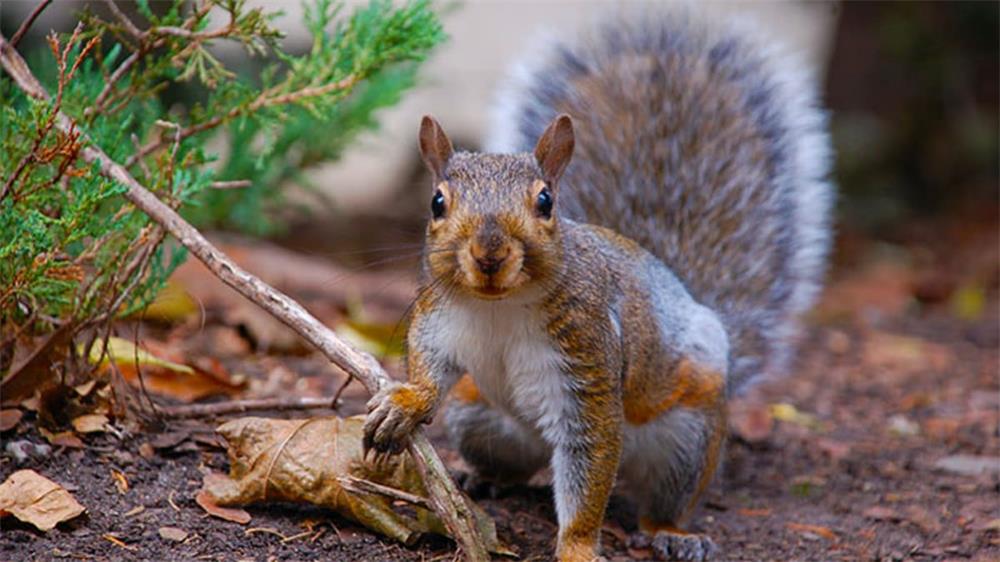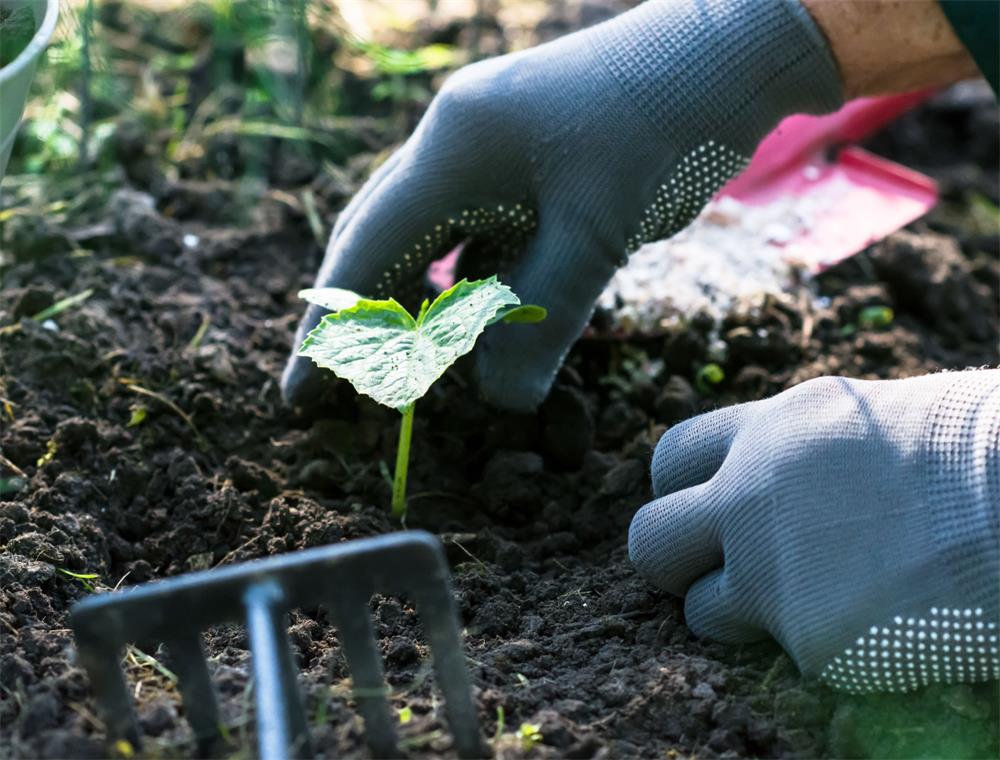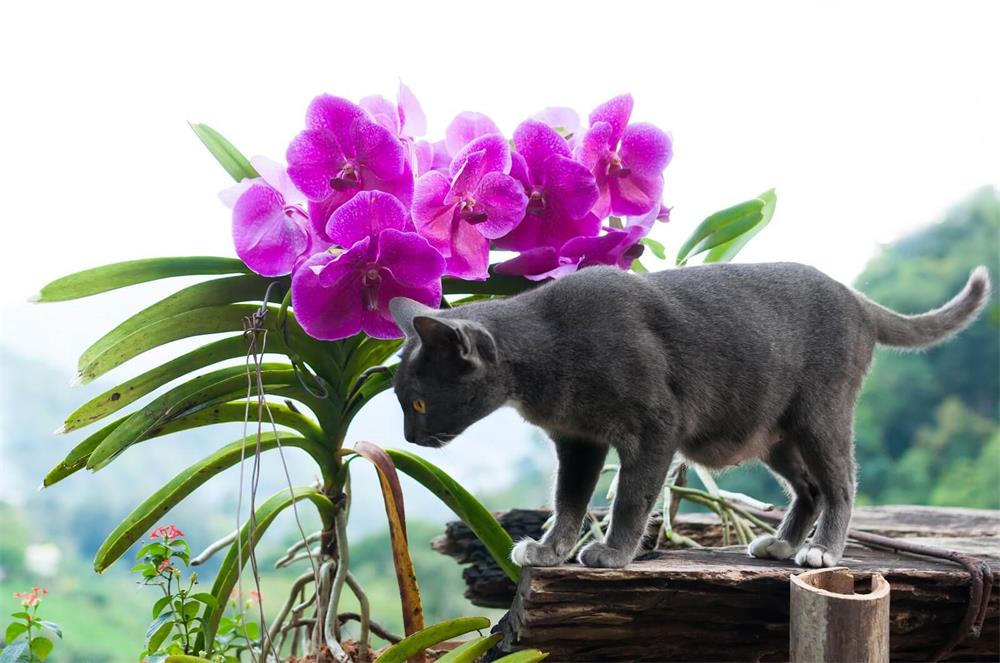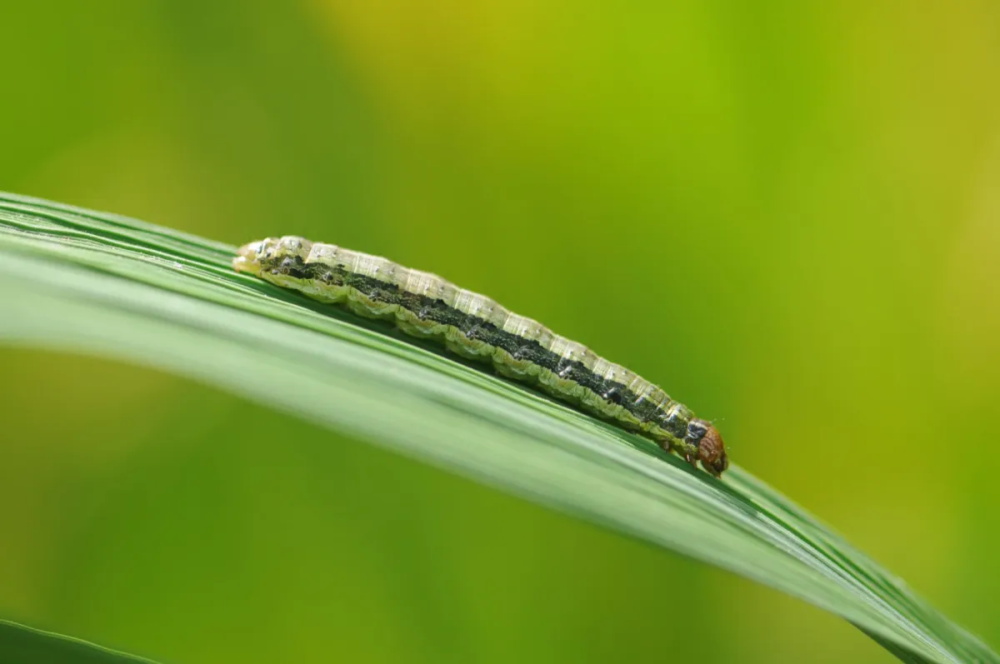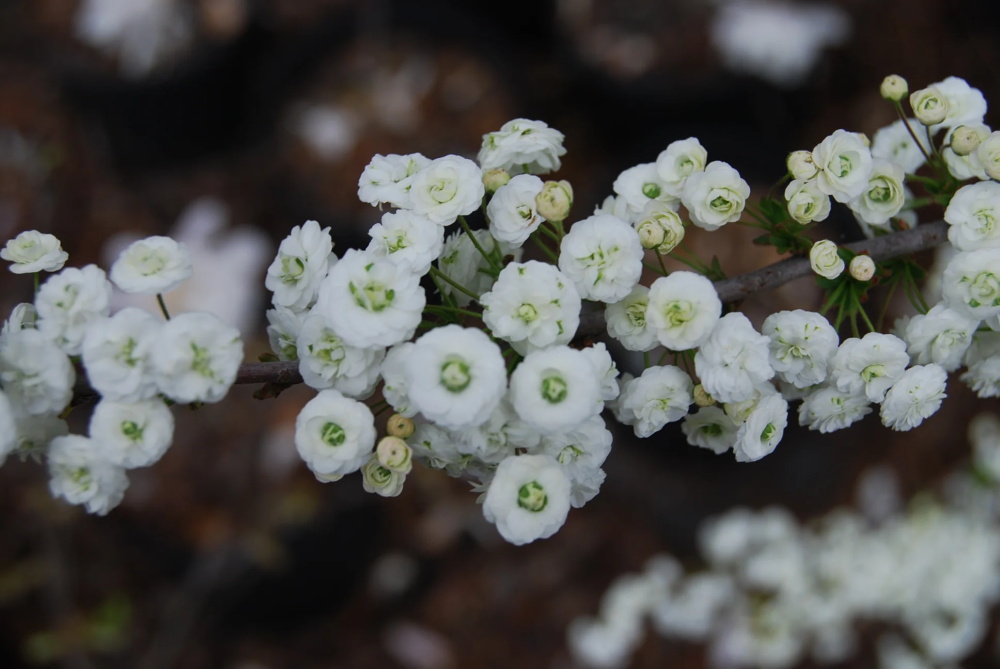
Table of Contents
Bridal wreath spirea (Spiraea prunifolia) is a beautiful flowering shrub that can add a touch of elegance and charm to any garden. It is known for its showy clusters of white double flowers that cascade along the arching branches in spring, creating a stunning display that resembles a bridal wreath. The flowers are followed by glossy green leaves that turn yellow-orange or purplish brown in fall, adding another season of interest. Bridal wreath spirea is easy to grow and care for, as it is adaptable to various soil types and light conditions, and has few pest or disease problems. Here are some tips on how to grow and care for this lovely shrub.
Planting Bridal Wreath Spirea
Bridal wreath spirea is best planted in early spring or fall, as a container-grown nursery plant. Choose a location that receives full sun to part shade, as this will ensure the best flowering and foliage color. Avoid planting in areas that are too wet or too dry, as this can stress the plant and reduce its vigor. Bridal wreath spirea can tolerate a wide range of soil types, including clay, loam, and acidic soils, as long as they are well-drained. The ideal soil pH is between 6.0 and 7.0.
To plant bridal wreath spirea, dig a hole that is twice as wide and as deep as the root ball of the plant. Gently loosen the roots and place the plant in the center of the hole, making sure that the top of the root ball is level with the ground. Fill the hole with soil and water well to settle the roots. Apply a layer of mulch around the base of the plant to conserve moisture and prevent weeds. Space the plants at least 3 feet apart if planting in a row or mass, or 4 to 6 feet apart for a looser effect.
Caring for Bridal Wreath Spirea
Bridal wreath spirea is a low-maintenance shrub that requires little care once established. Water the plant regularly during the first year, especially during dry spells, to help it establish a strong root system. After that, water only when the soil feels dry to the touch, as overwatering can cause root rot and fungal diseases. Fertilize the plant once a year in early spring with a balanced granular fertilizer, following the label instructions. Do not fertilize after mid-summer, as this can stimulate new growth that may not harden off before winter.
Pruning Bridal Wreath Spirea
Bridal wreath spirea does not need much pruning, as it has a natural graceful shape that can be enjoyed without much interference. However, some pruning may be done to improve its appearance and health. The best time to prune bridal wreath spirea is right after flowering, usually in late spring or early summer. Pruning later in the season may reduce next year’s blooms.
To prune bridal wreath spirea, use sharp and clean pruning shears to remove any dead, diseased, or damaged branches. Cut them back to healthy wood or to the ground level if necessary. You can also thin out some of the older or weaker stems to improve air circulation and light penetration within the shrub. This will also encourage new growth and more flowers. If you want to reduce the size or shape of the shrub, you can trim back some of the longest or unruly branches by up to one-third of their length. Do not cut back too much at once, as this can stress the plant and cause dieback.
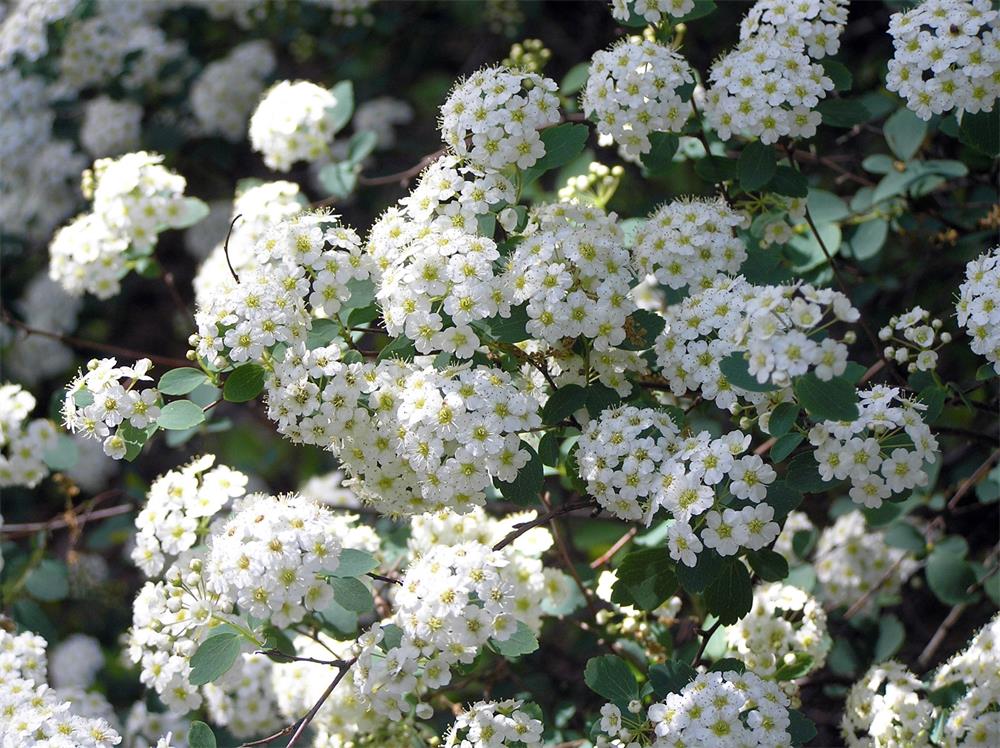
Propagating Bridal Wreath Spirea
Bridal wreath spirea can be propagated by seeds, cuttings, or division. Seeds can be collected from the dried flower heads in late summer or fall and sown in pots or trays filled with moist potting mix. Keep them in a cool and bright place until they germinate, which may take several weeks or months. Transplant them into individual pots when they have at least two sets of true leaves and grow them on until they are ready to be planted outdoors.
Cuttings can be taken from semi-hardwood stems in late summer or early fall. Cut 4- to 6-inch-long pieces from healthy branches that have at least two sets of leaves. Dip the cut end in rooting hormone and insert it into a pot filled with moist potting mix. Cover the pot with a plastic bag and place it in a bright but indirect light. Keep the soil moist but not soggy until roots form, which may take several weeks. You can check for roots by gently tugging on the cutting. If you feel resistance, it means roots have developed. You can then remove the plastic bag and grow the cutting until it is ready to be transplanted outdoors.
Division is another way to propagate bridal wreath spirea, especially if you have an old or overgrown shrub that needs rejuvenation. Division involves digging up the entire plant and cutting it into smaller sections, each with roots and stems. The best time to do this is in fall or early spring, when the plant is dormant. Use a sharp spade or knife to divide the root ball into two or more pieces, depending on the size of the plant. Discard any dead or diseased parts and replant the divisions in well-prepared soil. Water well and mulch around the base of the plants.
Pests and Diseases
Bridal wreath spirea is generally resistant to most pests and diseases, but it may occasionally suffer from some problems. Aphids, scale insects, spider mites, and leafrollers are some of the insects that may infest the plant and cause damage to the leaves and stems. You can control these pests by spraying them with insecticidal soap, neem oil, or horticultural oil, following the label directions. Alternatively, you can release beneficial insects such as ladybugs or lacewings to prey on them.
Powdery mildew, leaf spot, fire blight, and root rot are some of the fungal diseases that may affect bridal wreath spirea. These diseases can cause white or brown patches on the leaves, wilting, dieback, or decay of the roots. To prevent or treat these diseases, make sure to plant bridal wreath spirea in well-drained soil and avoid overhead watering. Prune out any infected parts and dispose of them properly. Apply a fungicide if necessary, following the label instructions.
Benefits of Bridal Wreath Spirea
Bridal wreath spirea is not only a beautiful ornamental shrub, but it also has some benefits for wildlife and humans. The flowers attract bees, butterflies, and other pollinators that help fertilize other plants in your garden. The seeds provide food for birds and small mammals. The branches can be used for floral arrangements or wreaths, as they last long in water and have a delicate fragrance. The leaves can be used as a natural dye for fabrics or paper.
Bridal wreath spirea is also a low-maintenance shrub that can tolerate various environmental conditions and requires little care once established. It can be used as a hedge, border, specimen, accent, or background plant in your landscape. It can also be grown in containers or mixed with other flowering shrubs or perennials for a colorful display.
Bridal wreath spirea is a versatile and charming shrub that deserves a place in any garden. With its stunning spring flowers and attractive foliage, it will brighten up your outdoor space and provide interest throughout the seasons. By following these tips on how to grow and care for bridal wreath spirea, you can enjoy this lovely plant for years to come.



